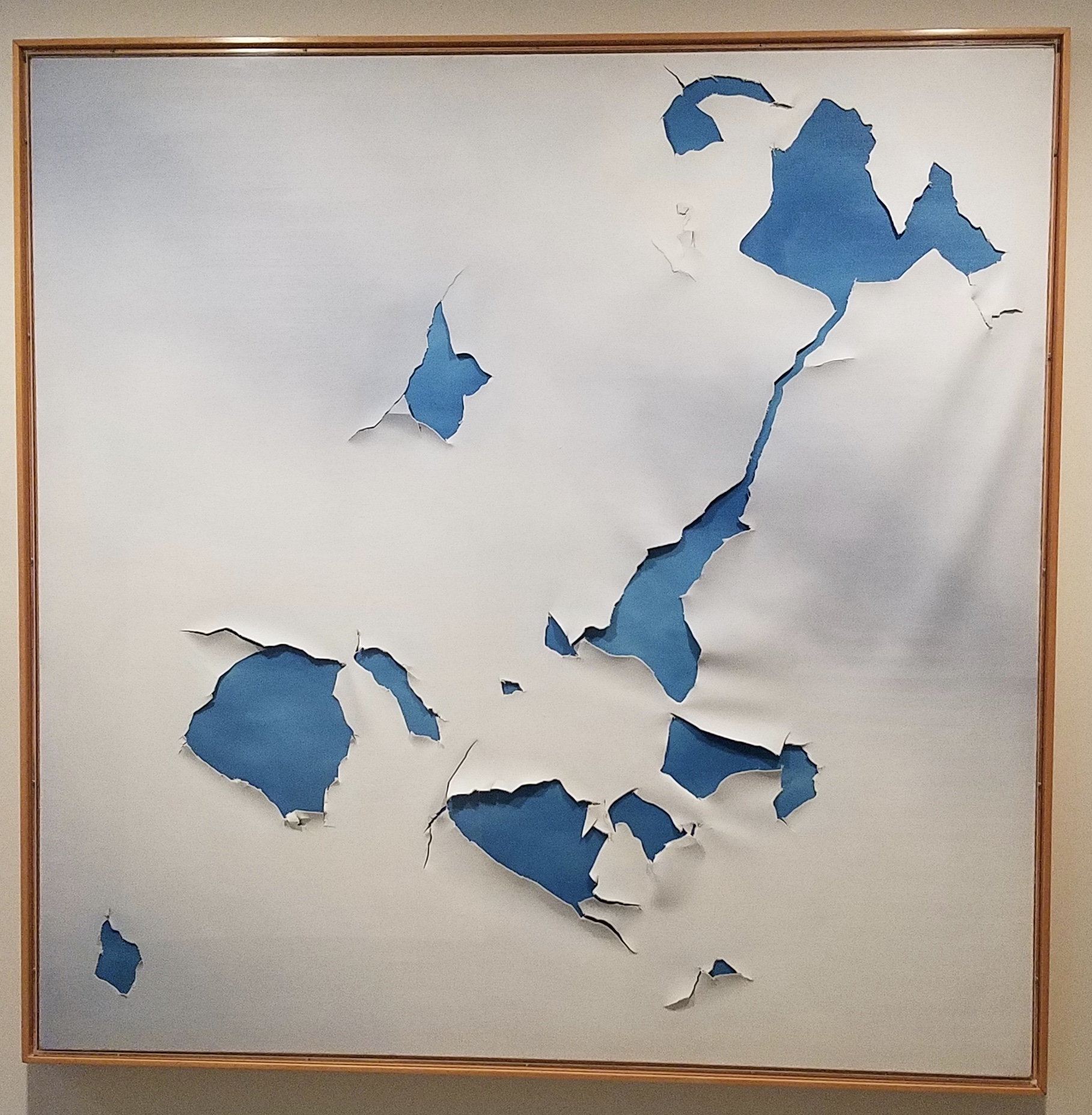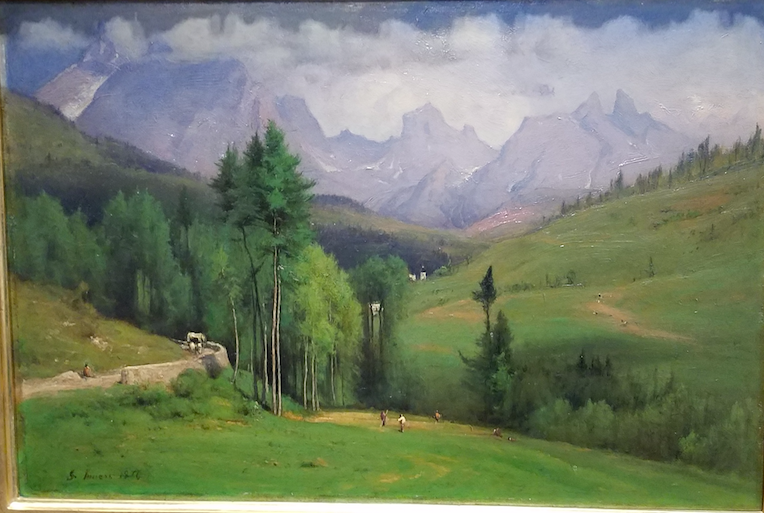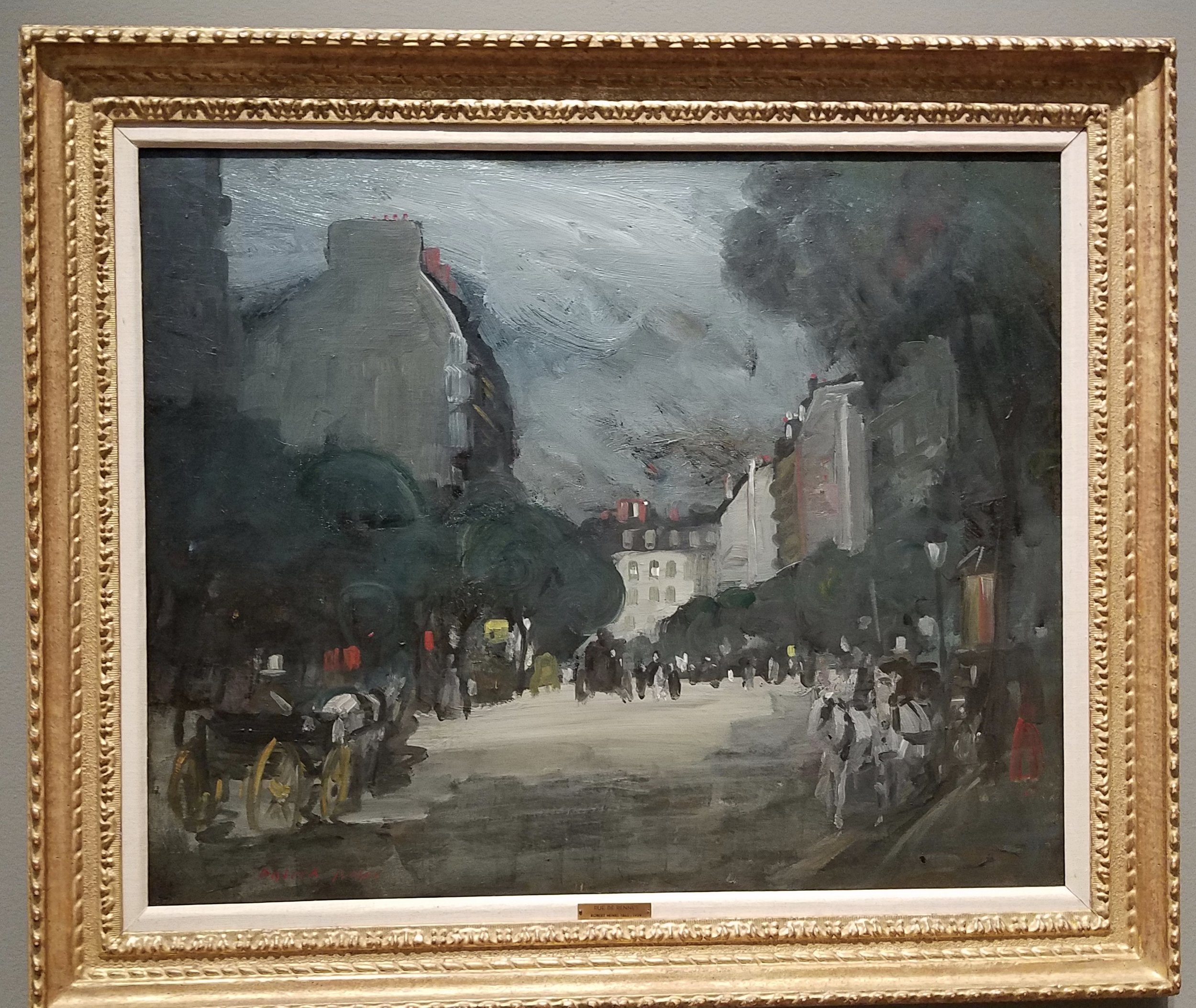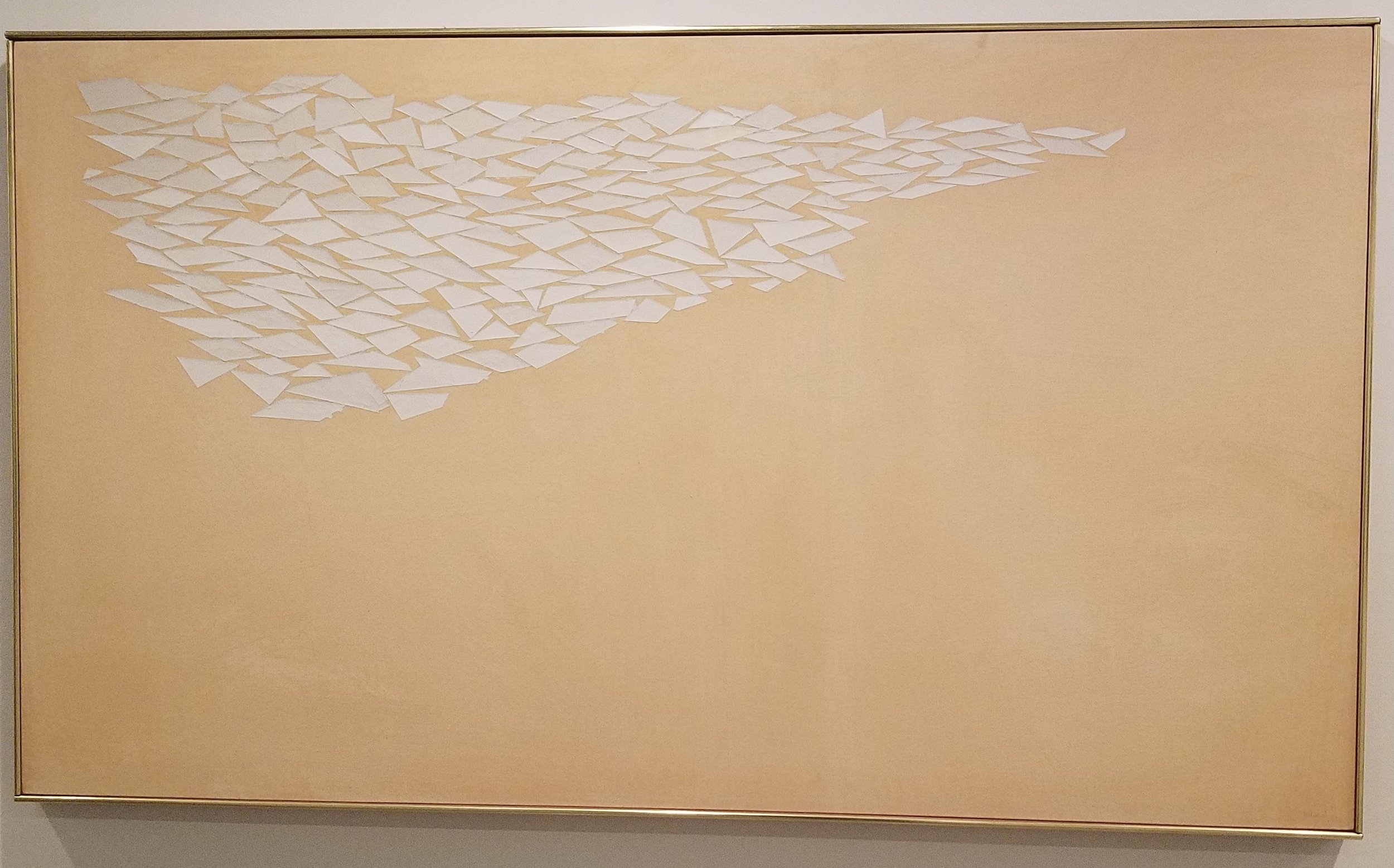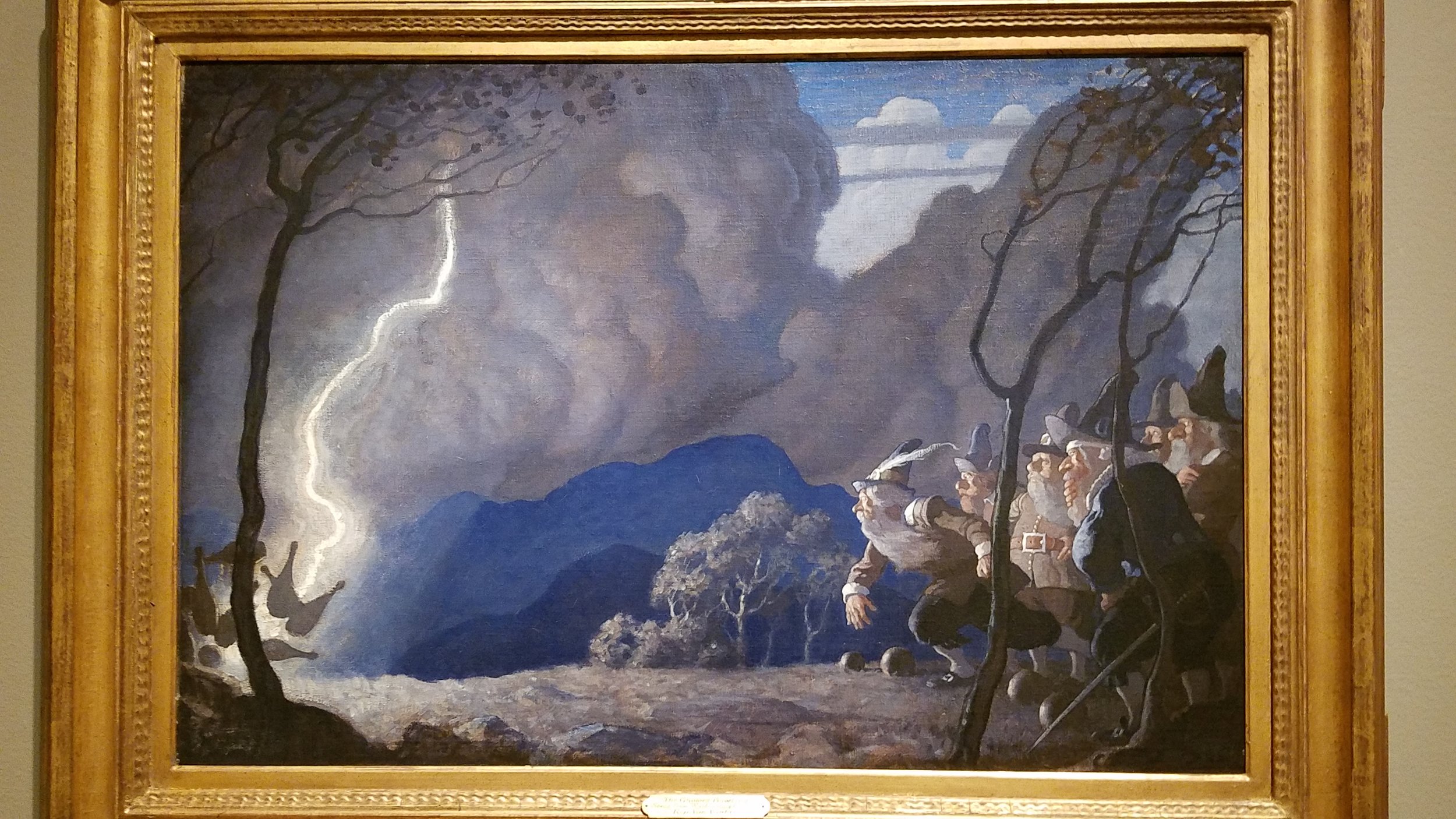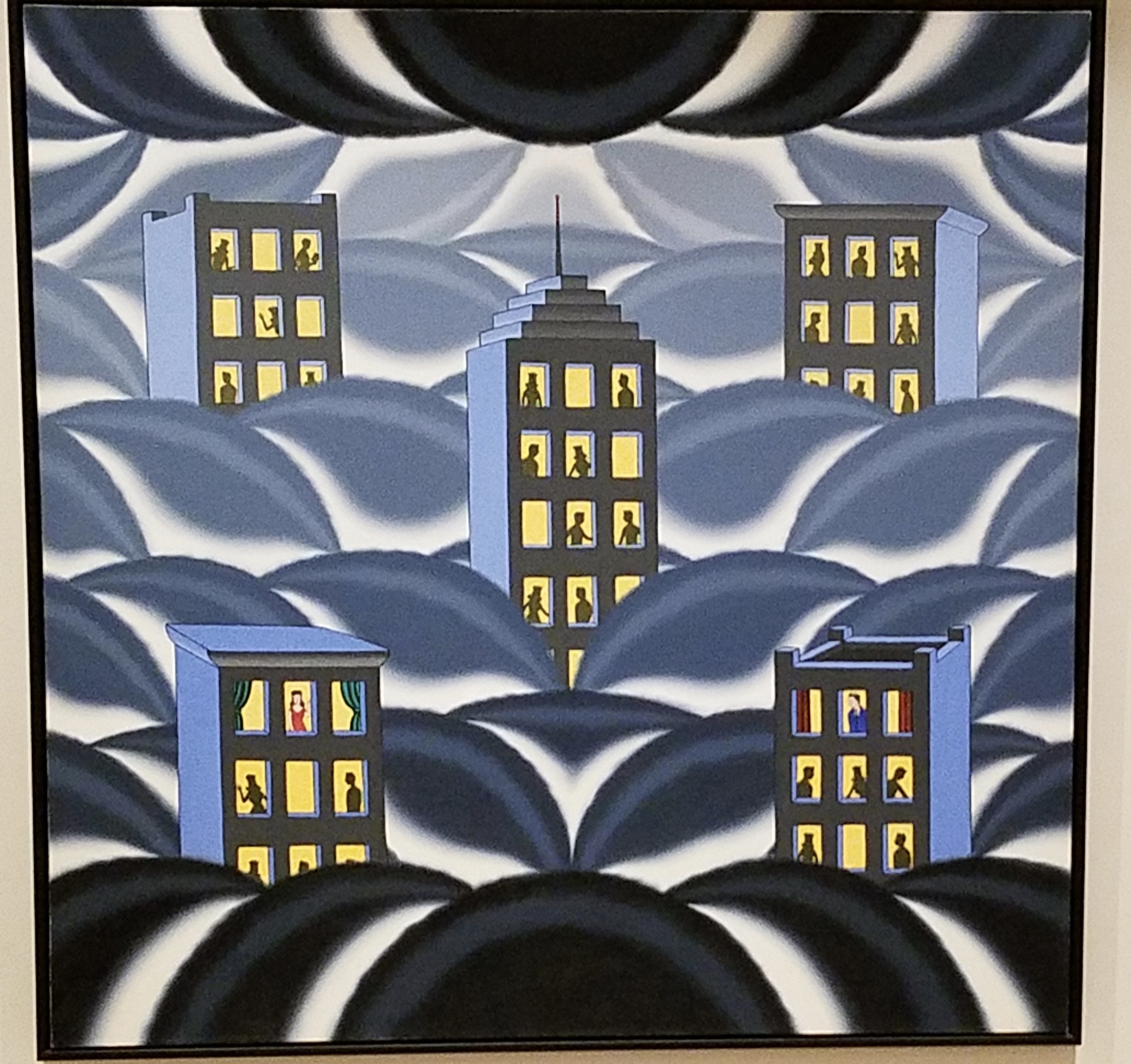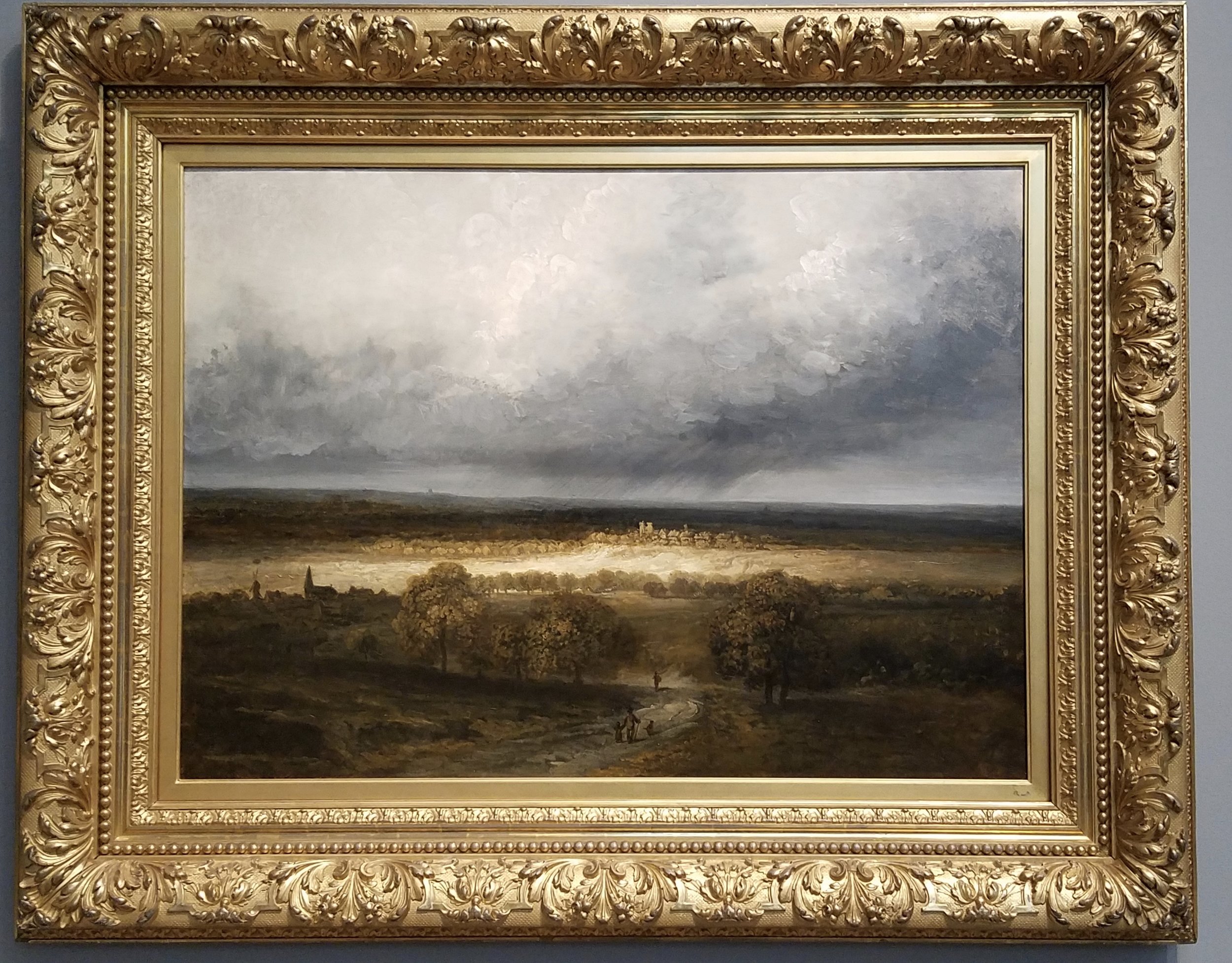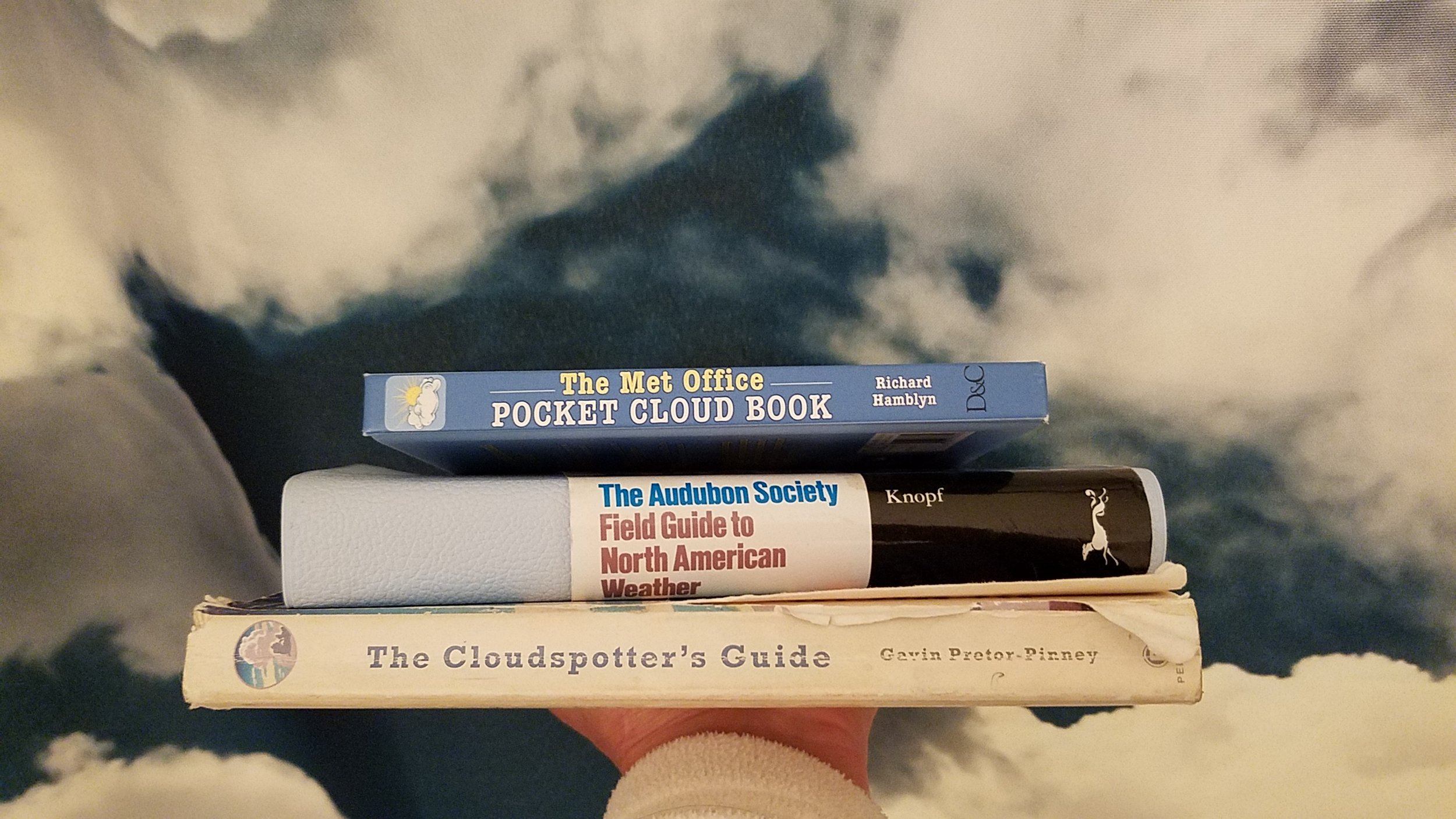Here is installment number 5 for A Sideways Look at Clouds--an excerpt and supplemental content for each chapter of my book you to enjoy. Click these links to the first four: Prologue /Cloud /Visible / Mass
Each chapter of my book covers one term in the definition of a cloud: a visible mass of water droplets or ice crystals suspended in the atmosphere above the earth. This fourth posting covers the chapter on Water.
"Each of our ten cloud types contains two or three forms of water simultaneously--vapor, water droplets, and ice crystals. The combination varies between the cloud types and changes over the lifetime of an individual cloud....water molecules are moving fluidly between vapor, liquid, and solid phases. Change is occurring at he largest and smallest scales--from the overall mass of the cloud to atoms within it. Even clouds that seem stationary or slow-moving are in perpetual molecular turmoil. A cloud is a visible mass of zinging, bouncing, jiggling, and darting. A cloud is a moon bounce, a pinball machine, a beehive, a mosh pit of water."
One of the most difficult things to realize is that water vapor in our atmosphere is invisible the naked eye and that the water we can see in the form of a cloud is liquid water or solid water (ice). It is easy to think vapor is the same as steam, but it isn't. Steam is liquid water droplets. Thanks to the Geostationary Operational Satellite System (GOES), you can see otherwise invisible water vapor imagery here. A fine example of water vapor over the continental U.S. can be seen here via mp.4.
Another challenge in trying to visualize all that water in clouds is the shape of the water droplets. Liquid water droplets are spherical. In the form of raindrops they may be spherical or even hamburger-bun shaped. Ice crystals appear in many beautiful iterations of the hexagonal structure of interlocking water molecules.
Water droplets are never never never shaped like "Mr. Drippy"
Nor are water molecules ever shaped like Mickey Mouse.
Clouds are made of water and dirt. This came a surprise to me because the clouds do not look dirty. Our atmosphere is full of microscopic particles (too many to list here), some which form the perfect surface for water vapor molecules to condense on (the way it does on a blade of grass on a dewy morning for on the side of a cold soda can on a hot and humid summer day). These particles are known as "condensation nuclei" and are at the heart of every cloud droplet. After a rain, these particles are "washed" out of the atmosphere and leave the air feeling fresh and clean.
One of the most spectacular forms of the altocumulus cloud is this species known as altocumulus lenticularis. Here (below) there are several of these "lenticulars" or "lennies" as they are known by the cloud cognoscenti. These are hovering over Mt. Rainier where they are commonly seen (though not always as spectacularly as this example). This is a type of mid-level cloud (mid is between 6,500 and 23,000 feet) that forms in the lee of a prominent mountain or mountain range; warm, moist water vapor is forced to rise over a mountain barrier and, as it does so, it cools and condenses--becoming a visible, lens-shaped cloud. As it passes descends on the leeward side, the cloud warms and evaporates. The pattern of ascending and descending air established by the mountain continues downwind, creating a series of pennies.
I have never seen a lennie as dramatic as the one above, but this cap cloud (below) hugging Mt. Rainier one August afternoon provided more beauty, comfort, and solace than any cloud I have ever experienced.
As did this layer of altocumulus clouds that came to my rescue when it caught a "glory"--an optical phenomenon associated with water droplet clouds. For more images of glories (so you can recognize them from your airplane window seat, check out the photos on EarthSky.
Next up: Sideways #6: +DROPLETS+



























